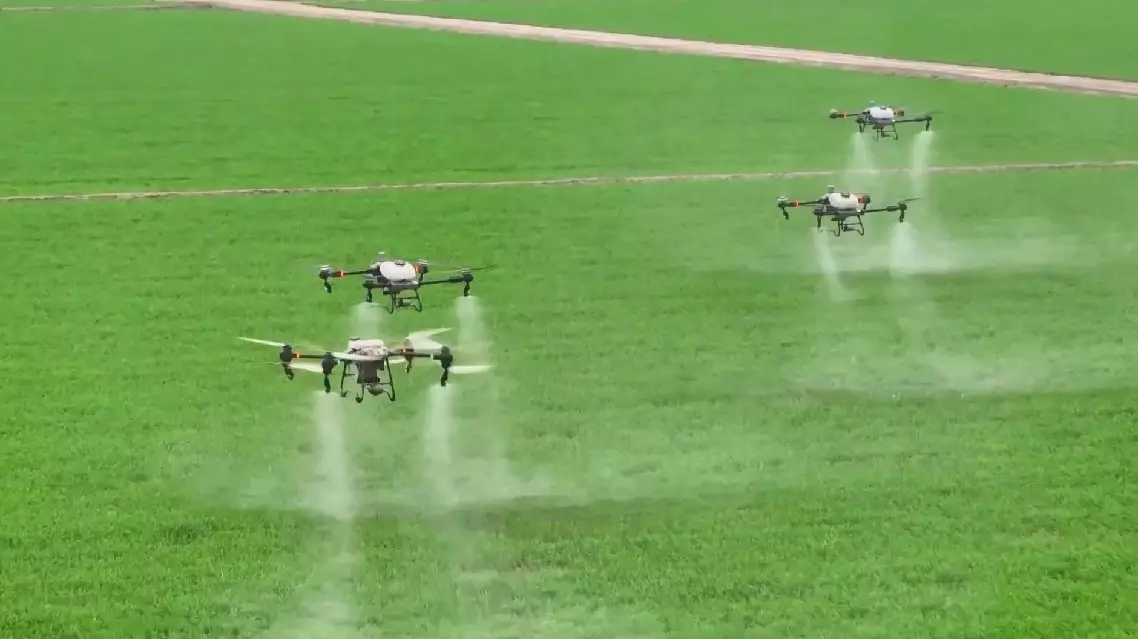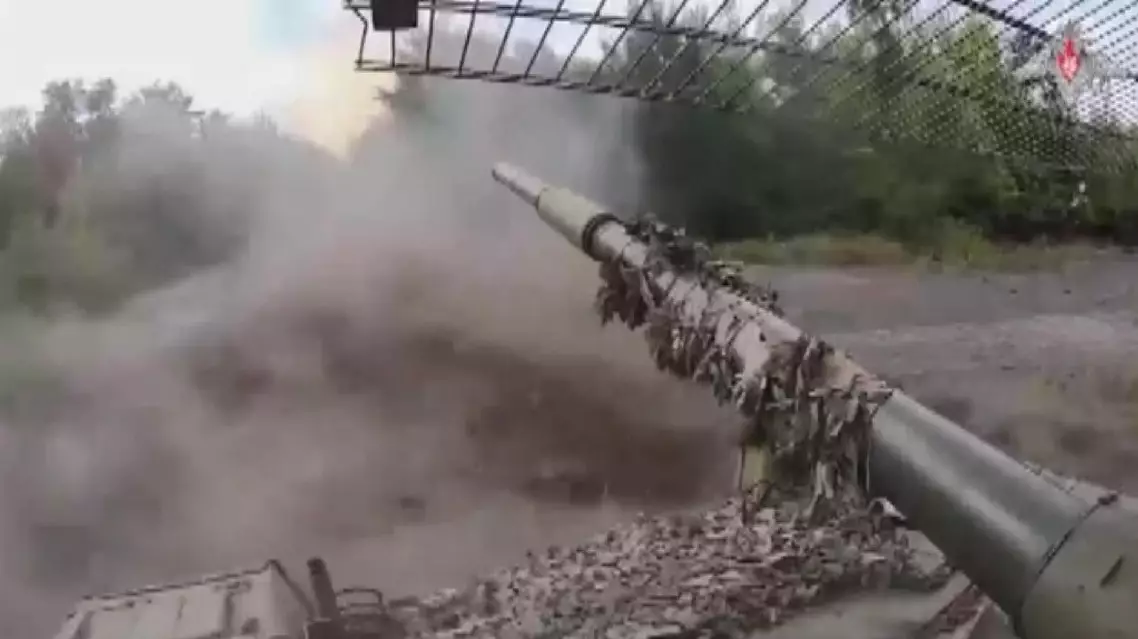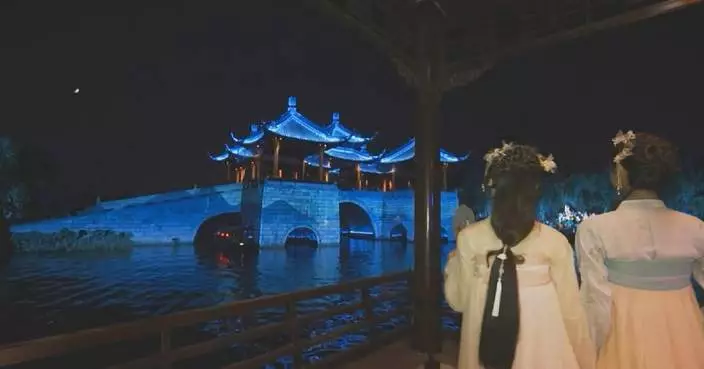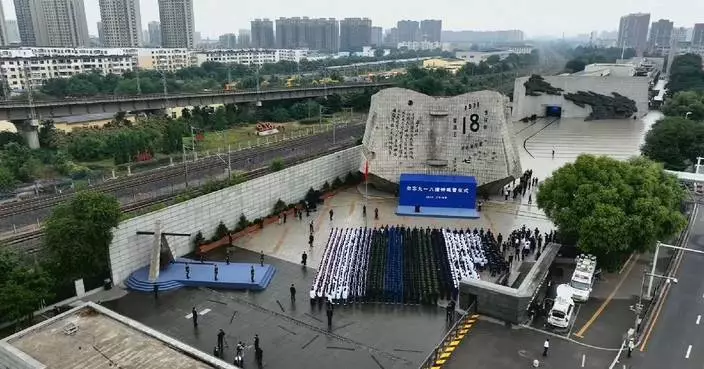From calloused hands operating humble ploughs in the 1950s to sophisticated agricultural machinery widely adopted in the 1970s, and now to the era of intelligent equipment led by drones and satellite navigation, Beidahuang in the northeastern province of Heilongjiang stands as a living testament to China's agricultural modernization, a feat made possible through the toil and dedication of generations over half a century.
Originally denoting vast expanses of desolate land across the Sanjiang Plain, Heilongjiang Plain, and the Nenjiang River basin in northern Heilongjiang Province, Beidahuang has transformed over the years into a grain barn for China.
In 1958, a pioneering cohort of tens of thousands of determined young visionaries left their homelands to venture into the remote, untamed wilderness, determined to convert it into a bastion of grain. Through unwavering resolve and backbreaking labor, these courageous souls reaped their first harvest within a year.
"In 1958, we saw the fruits of our labor in the same year. The joy we felt was unparalleled, for those grains were sown by our own hands," said Gu Qinglou, a stalwart of the first generation who devoted his youth to Beidahuang.
Between 1958 and 1978, armed with ploughs and tractors, these intrepid pioneers reclaimed over 2,133,000 hectares of farmland and established 141 farms, creating a marvel of their era and writing an enduring chapter in human history.
Their legacy persisted as China embraced reform and opening-up policies which ushered in the era of modern agricultural machinery in Beidahuang from 1978 onwards. Thus this fertile region embarked on the journey towards mechanization of agricultural production.
"Our tractors and plowing machines operate with precision. We can fine-tune plant and row spacing with greater accuracy than manual labor," said Liu Wenju, former director of the General Bureau of State Farms of Heilongjiang Province which is now the Heilongjiang Beidahuang Group of State Farms and Land Reclamation.
The remarkable efficiency and reduced human labor costs garnered nationwide attention. Merely 20 machine operators would suffice to cultivate 733 hectares of land, an achievement that seemed inconceivable.
"Without these machines, plowing a field would take nearly a month. With their aid, we completed the task in just two weeks, doubling our efficiency," said Sun Baoli, a veteran of agricultural machinery operation.
By 2008, Beidahuang had achieved comprehensive mechanization across all farmlands, setting the stage for the next frontier: smart and intelligent technologies.
"This is a component we used for our first generation of satellite navigation system adopted to our rice transplanters. Back then we had no such products and we faced technology blockade from other countries. We had to study each single component on our own," said Meng Qingshan, director of Beidahuang Intelligent agriculture and agricultural machinery center of Qixing Farm.
In 2010, Qixing Farm pioneered China's first navigation system for unmanned rice transplanters, laying the foundation for the agricultural Internet of Things six years later. A suite of smart technologies revolutionized rice cultivation, propelling Beidahuang into the realm of smart agriculture.
"We use big data to establish models, then make decisions with the smart agricultural control system, and carry out every agricultural activity with intelligent agricultural machinery. With planting standards improved, yields increased, and costs reduced, we have achieved the maximized efficiency. The products are of the highest quality," said Li Zhenyu, deputy general manager of Qixing Farm.
Through the years, Beidahuang's narrative unfolds, a tapestry woven with the threads of innovation, perseverance, and a steadfast commitment to agricultural excellence.

From ploughs to drones: Beidahuang embodies China’s agricultural modernization feat









